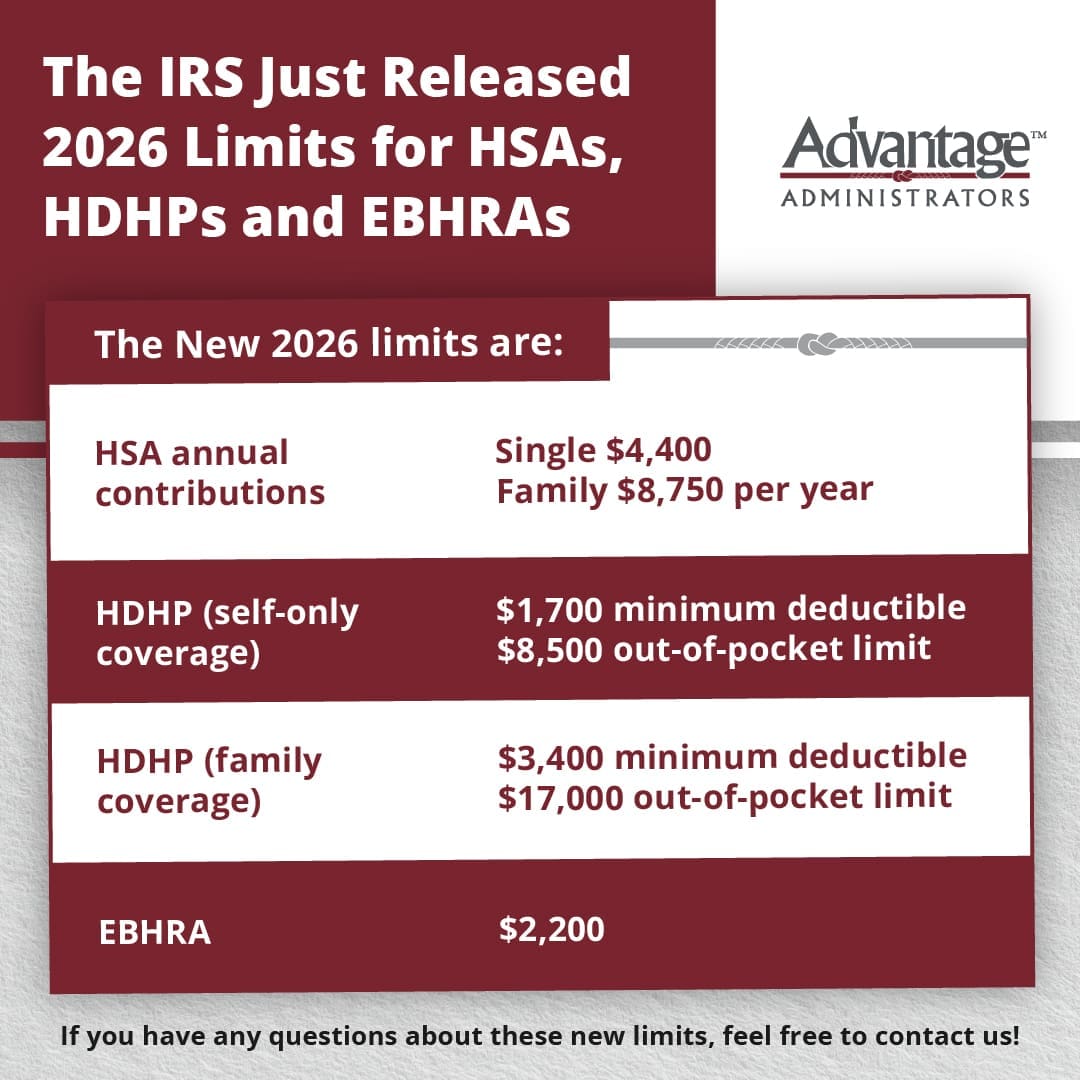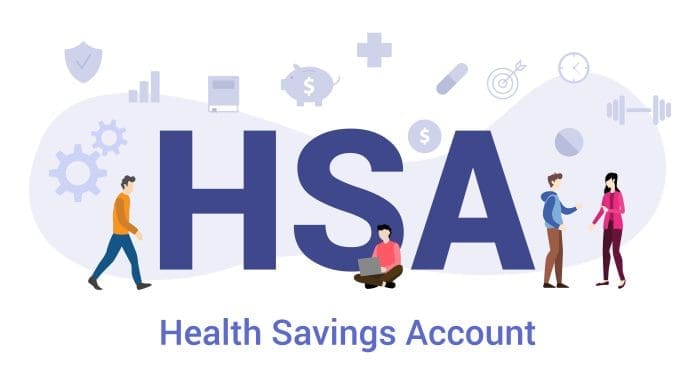Five Misunderstood HSA Facts
Health savings accounts (HSAs) have become increasingly popular but they often come with misconceptions. To help employees make informed decisions, let’s debunk common HSA myths and shed light on the HSA facts that matter.
HSA Fact #1: HSAs are Employee-Owned
While employers may choose to contribute to an employees’ HSA, it’s important for employees to remember that they have control and ownership over their HSA. This means employees have the freedom to decide how to spend their funds, regardless of job changes. This type of flexibility is a significant advantage of HSAs that provide peace of mind and encourage enrollment. Knowing their HSA remains theirs to keep, even if they move on to a new opportunity, allows participants to take control of their health savings and plan for the future.
HSA Fact #2: Open an HSA, Regardless of Income
HSAs offer tax advantages for everyone, regardless of income. Contributions are tax-deductible, and qualified withdrawals for medical expenses are tax-free. This can be particularly beneficial for lower-income individuals by helping them stretch their healthcare dollars further. By understanding this broad-reaching benefit, employees will see HSAs not as intimidating but as an opportunity to save on everyday healthcare expenses.
HSA Fact #3: HSAs can be Powerful Retirement Tools
HSAs offer a double benefit for saving for current and future healthcare needs. Unlike flexible spending accounts (FSAs), funds roll over year to year, allowing them to grow over time. Do your employees know they can take it a step further and invest their HSA funds?
HSA investments have the potential to accelerate tax-free growth, creating a valuable long-term savings vehicle for retirement or unexpected medical costs. The Employee Benefit Research Institute (EBRI) found that only 12% of HSA holders utilized this powerful tool in 2021. Help employees explore investment opportunities with their HSA so they can unlock its full potential for tax-advantaged growth and financial security.
HSA Fact #4: “Use-it-or-Lose-it” Rule out the Door
HSAs offer unique advantages that set them apart from FSAs. Unlike FSAs, unused funds in an employee’s HSA carries over to the next year, allowing their savings to accumulate over time. With the ability to invest HSA funds, employees can potentially grow their savings and create a valuable long-term asset for retirement or future healthcare needs.
Due to these benefits, employees should consider contributing the maximum allowable amount under IRS limits. This allows them to take full advantage of tax savings and accumulate a substantial nest egg for future healthcare expenses. By communicating key differences between HSAs and FSAs, you can empower your employees to make informed decisions and enjoy the full potential of their HSA contributions.
HSA Fact #5: Qualify for a HDHP? Benefit from an HSA
As long as an employee is enrolled in a qualifying high-deductible health plan (HDHP), they can benefit from an HSA. HSAs offer a powerful duo of tax benefits and financial security, appealing to all individuals, regardless of their current health status. Here’s how HSAs benefit everyone:
- Lower taxable income
- Save for current and future healthcare expenses
- Peace of mind for unexpected needs
The information in this blog post is for educational purposes only. It is not investment, legal or tax advice. For legal or tax advice, you should consult your own counsel. To stay up to date on benefits trends and insights, subscribe to our blog.










 Flex Plans
Flex Plans Forms
Forms HSA
HSA HRA
HRA Retirement
Retirement Health Shopper
Health Shopper FSA Store
FSA Store